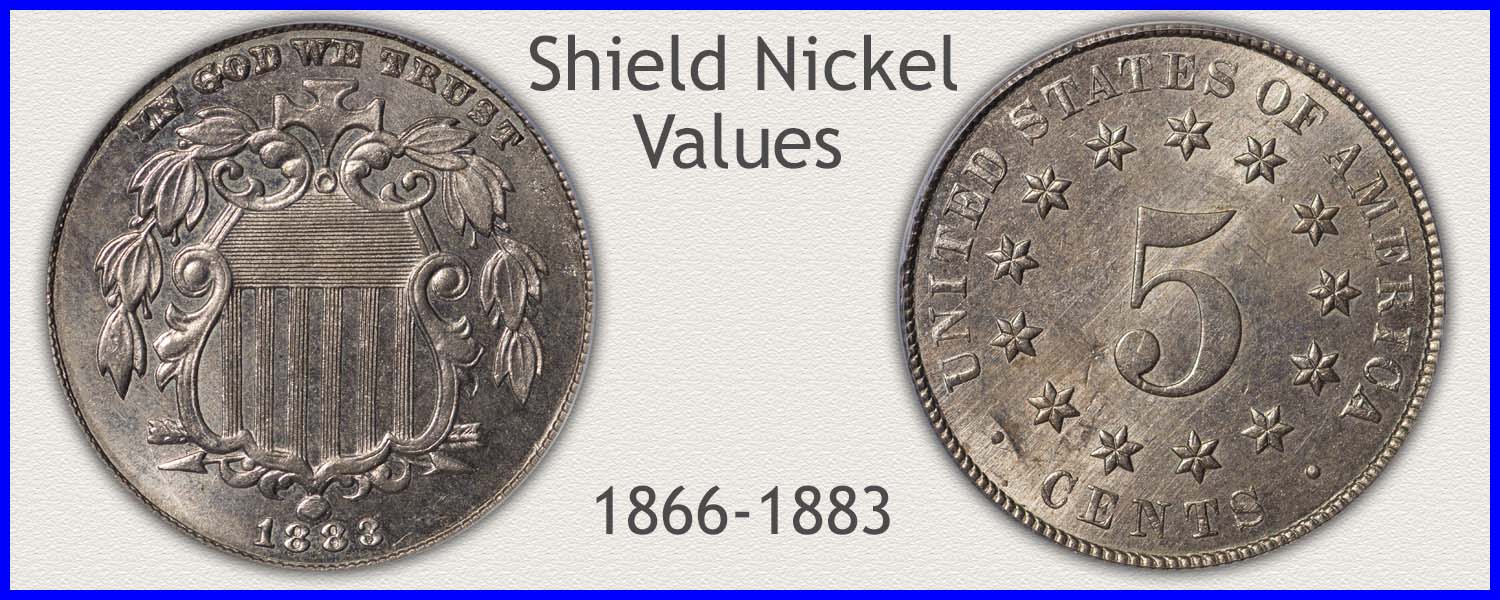Coin Values Moving with Precious Metals: Up-Dated 12/15/2025: Gold $4341 | Silver $63.26
How to Grade Shield Nickels
How to grade Shield nickels follows a method of examining specific features of a coin's surface. A defined grading process starts with a comparison method to place a coin in a grade range. Matching your coin to a known graded example leads to a closer evaluation of key features.
 (fig. 1) How to Grade Shield Nickels Begins by Matching Your Coin to One of the Four Major Grades
(fig. 1) How to Grade Shield Nickels Begins by Matching Your Coin to One of the Four Major Grades
When compared to images and judging a close match, a grade begins to develop. Typical wear patterns on main features are categorized into specific grades. The cross, for example, shows wear on its outer edge in stages. Each visible stage of wear on the cross is one part of many indicators of a specific grade.
When needed, a very close examination rates and then scores a variety of grading markers. A technical evaluation, using visual grading metrics, creates percentage scores. These when compared to scores of professionally graded examples helps decide a grade.
Many features of a Shield nickel's design contribute when grading. Good grade nickels, generally defined as heavily worn, display few details. High condition coins begin to show fine detail. As an example; in lightly worn condition, the leaves on either side of the shield show individual leaf separation.
The different grades define condition and used as part of the description of a nickel (fig. 1). The coin market then places a value on the coin.
🔎When examining each coin, use a single light source. Small devices, lettering, and the vertical strips, all require good lighting. Sharp lighting contrast brings out subtle detail. Additionally, the comparison images of grades give a close look at details. A good magnifying glass (5x to 7x) aids when inspecting these small areas on a coin.
Beginning with a Mint State grade Shield nickel familiarizes the design as minted. All original parts of the design remain. This becomes an excellent starting reference.
Mint State Grade Shield Nickel
 (fig. 2) Verify a Close Match to the Mint State Condition Shield Nickel
(fig. 2) Verify a Close Match to the Mint State Condition Shield Nickel
The first major grade in the coin collecting hobby is Mint State condition nickels. These are coins without any wear to their surface. How to grade this condition requires identifying the surface has not received any circulation or handling wear.
Confirm your coin compares favorably with the image (fig. 2). With a close match, key areas need inspection.
Intact surface texture and luster are the two key factors separating a worn from an unworn surface. A Mint State coin across all high points remains with both luster and a distinct texture. Judge this state of condition by examining the small leaf edges and high areas of the frame.
 (fig. 3) Verify Matching Metal Texture on Both High and Low Areas
(fig. 3) Verify Matching Metal Texture on Both High and Low Areas
Olive branches on the sides of the shield display many leaves. This comparison focuses on the top leaf over those below. This highest point of many leaves displays wear first. Without wear, the fine raised leaf edges are the same brilliance and metal texture as the center of the leaf. Compare all top leaf edges with surrounding areas, confirming a matching appearance.
Inside the leaf design starts the frame surrounding the horizontal and vertical lines. This ornate frame with scrolls and high rounded contours shows a consistent look over its surface. Inspecting high points and low relief areas confirms no smoothing of the metal due to wear. Using the illustration (fig. 3) notice a similar texture and shine covering high points that matches lower areas.
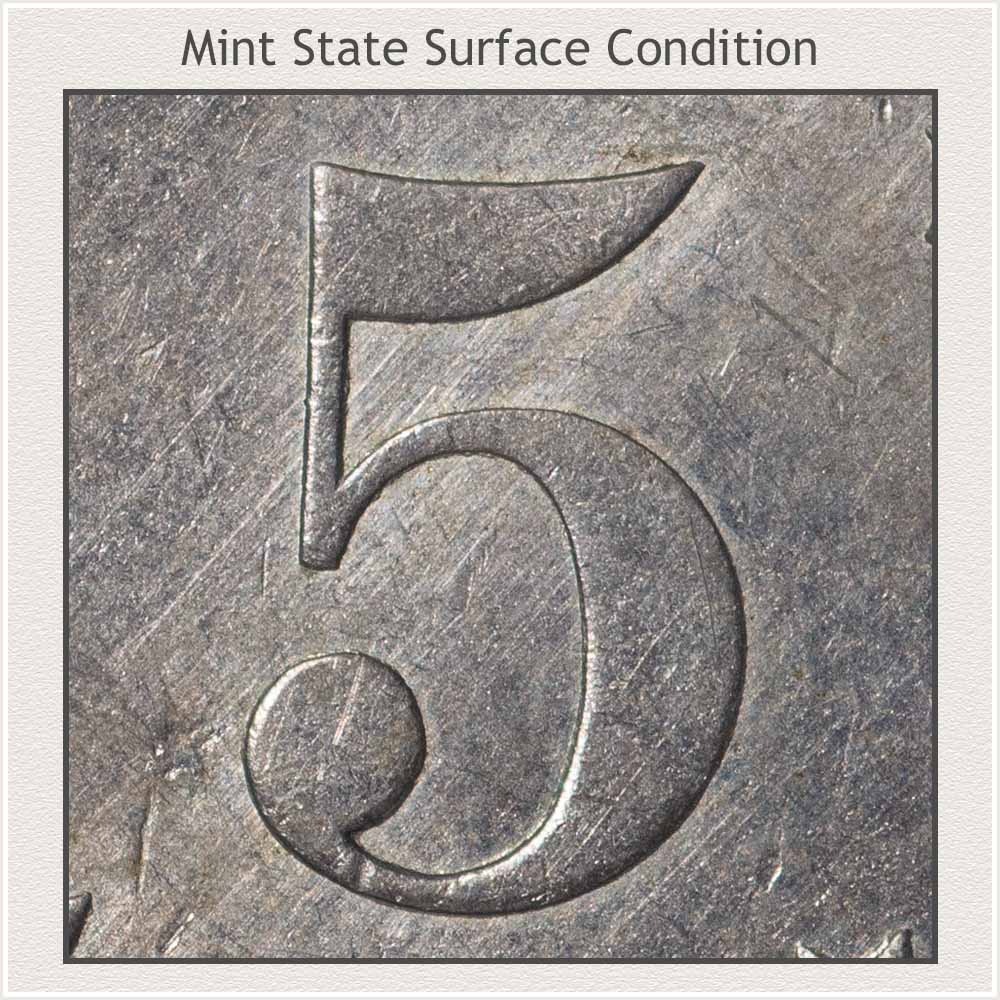 (fig. 4) Compare Surface Condition of a Mint State Numeral 5
(fig. 4) Compare Surface Condition of a Mint State Numeral 5
A bold numeral 5 fills the reverse. This feature gives two grading focal points. The top surface of the numeral is a high point. Next, the surrounding field of the coin, a low point. Both surfaces display a similar look at the Mint State level of condition. Illustrated (fig. 4) the upper surface of the 5 remains textured and displays luster. When worn, metal becomes smooth, and a dull gray replaces its brilliance. Look for this gray color effect on both the top and lower surfaces.
When inspecting these features, tilt the coin back and forth slightly under a single light. Compare the image with surface qualities of the subject coin. All compare similar at the Mint State grade.
Extremely Fine Grade Shield Nickel
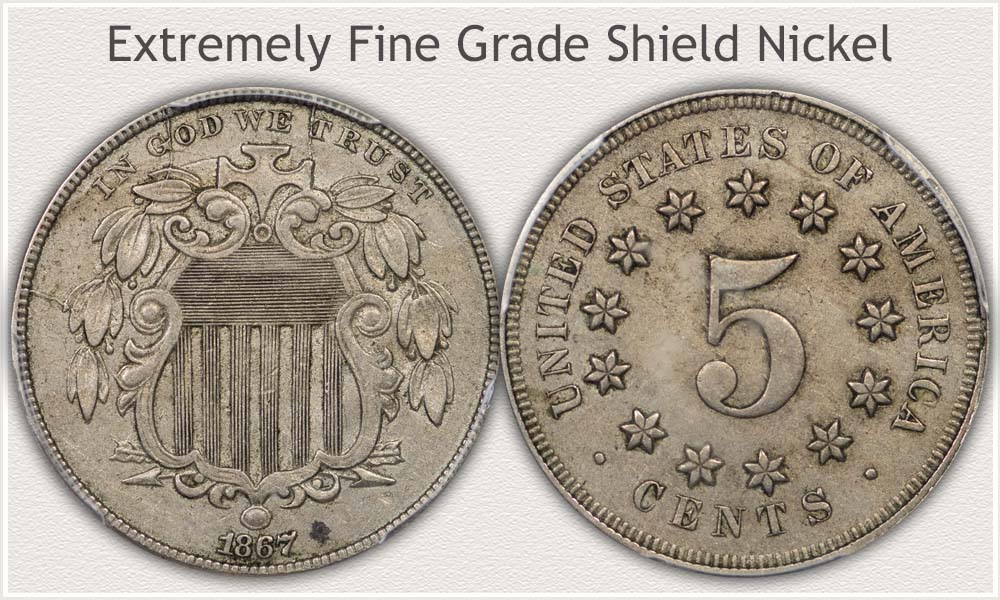 (fig. 5) Verify a Close Match to the Extremely Fine Condition Shield
(fig. 5) Verify a Close Match to the Extremely Fine Condition Shield
A close match to the image (fig. 5) decides the next steps of how to grade shield nickels. This condition represents a well-detailed nickel. Wear is slight, covering only the highest points of the design. First, compare the leaf detail of your coin. Ample detail to the leaf edges and central areas indicates a quality coin within grade range.
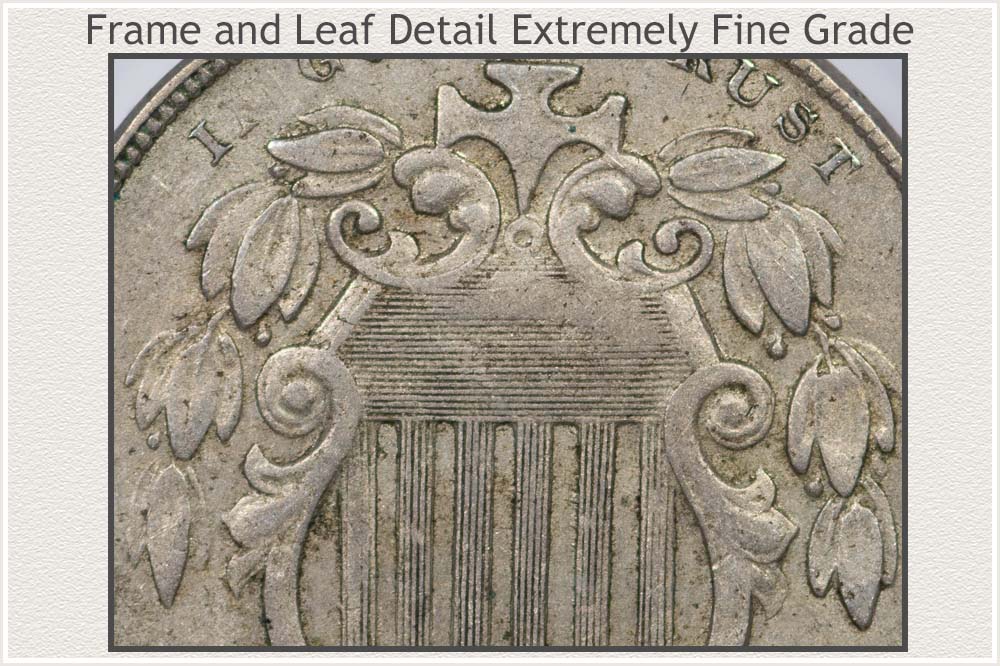 (fig. 6) Match to the Leaf and Frame Detail of Extremely Fine Grade
(fig. 6) Match to the Leaf and Frame Detail of Extremely Fine Grade
Shield nickels are noticeably difficult to find with a high amount of detail. Looking closely at the leaves illustrated (fig. 6), each remains outlined and with contoured centers. Examine both branches of leaves; most leaves on your coin need to show this amount of detail.
Within the center of the coin (fig. 6) examine the condition of horizontal lines and the curved elements of the frame. These high relief features show slight wear. Horizontal lines with their delicate design are mostly complete. A few lines show small areas of merging. Curved frame designs beside and over the horizontal lines retain high contours and deep recesses. Wear is only evident by small areas of flatness. A similar appearance on your coin determines light wear.
 (fig. 7) Verify a Close Match of Stars and Numeral Five at the Extremely Fine Grade
(fig. 7) Verify a Close Match of Stars and Numeral Five at the Extremely Fine Grade
First, inspect the large 5 on the reverse (fig. 7). Although the 5 displays a smooth surface from wear, it remains well elevated above the field. Notice the subtle roundness on its edge, giving the impression of a small contour.
Next, the stars display a small amount of wear at this grade. These stars are five-pointed with lines extending to their centers. Central areas remain raised and slightly rounded on many. The lines separating the points are also mostly complete. On both the image (fig. 7) and your coin, examine all stars. Shield nickels often have weakness in strike detail found on the high relief points of the stars. A typical star shows flattened contours with partial lines still visible. Grade the bold stars to determine an accurate judgment of condition. An overall close similarity indicates the grade range.
Fine Grade Shield Nickel
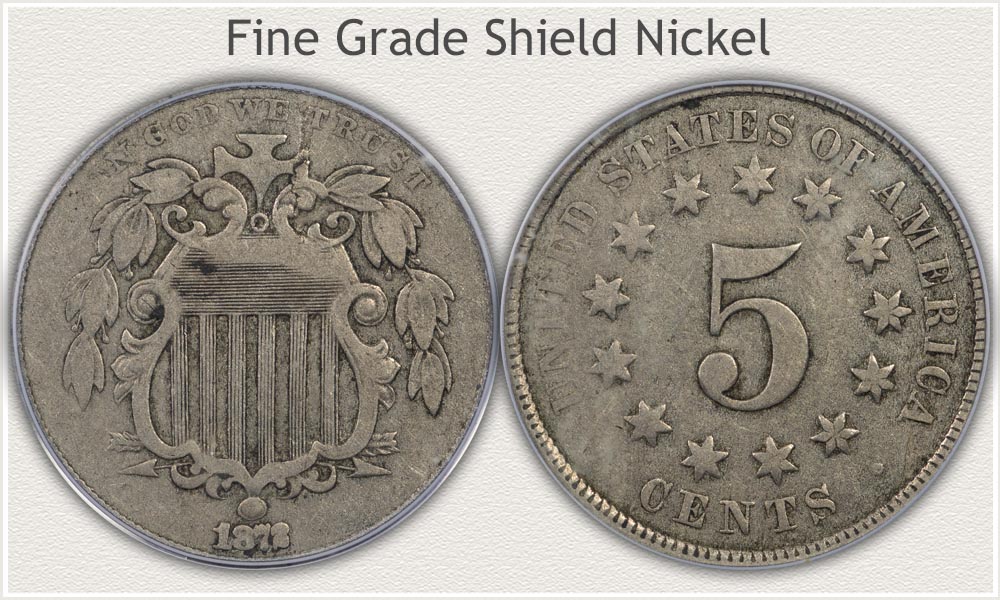 (fig. 8) Verify a Close Match to the Fine Condition Shield Nickel
(fig. 8) Verify a Close Match to the Fine Condition Shield Nickel
As you examine the image (fig. 8) moderate wear defines the Fine grade condition. This wear appears light in areas, with parts of leaf detail visible. Heavy wear in other areas shows as smooth central lines of the shield. A balance between remaining and merged design gives these coins a level of appeal. Start by matching a similar look of the leaves, some flat, others with detail, with your coin. Enough detail within leaves begins to narrow a grade range.
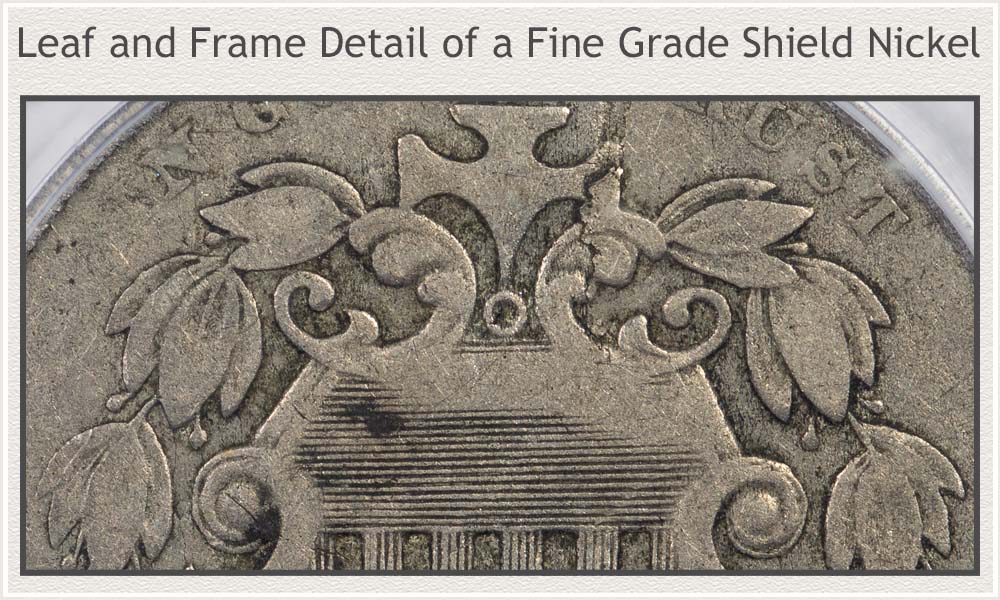 (fig. 9) Verify a Close Match of Leaf and Frame Detail on the Fine Grade Shield Nickel
(fig. 9) Verify a Close Match of Leaf and Frame Detail on the Fine Grade Shield Nickel
Examined close-up (fig. 9), many of the leaves on either side of the shield show a completely flat design. A few, however, show central detail and a slight raised edge. This is a strong indication of moderate wear at the Fine grade level.
Notice the frame blends in areas with the horizontal lines. Flattened high contours of the frame are now smooth and merged. Some deep recesses do remain within circular elements. These features of the frame highlight their moderate wear.
Some horizontal lines are worn smooth while other areas of lines are strong. This is a typical condition found on worn Shield nickels. Wear patterns within vertical lines also vary; with some lines remaining clear. This helps identify the moderate wear category.
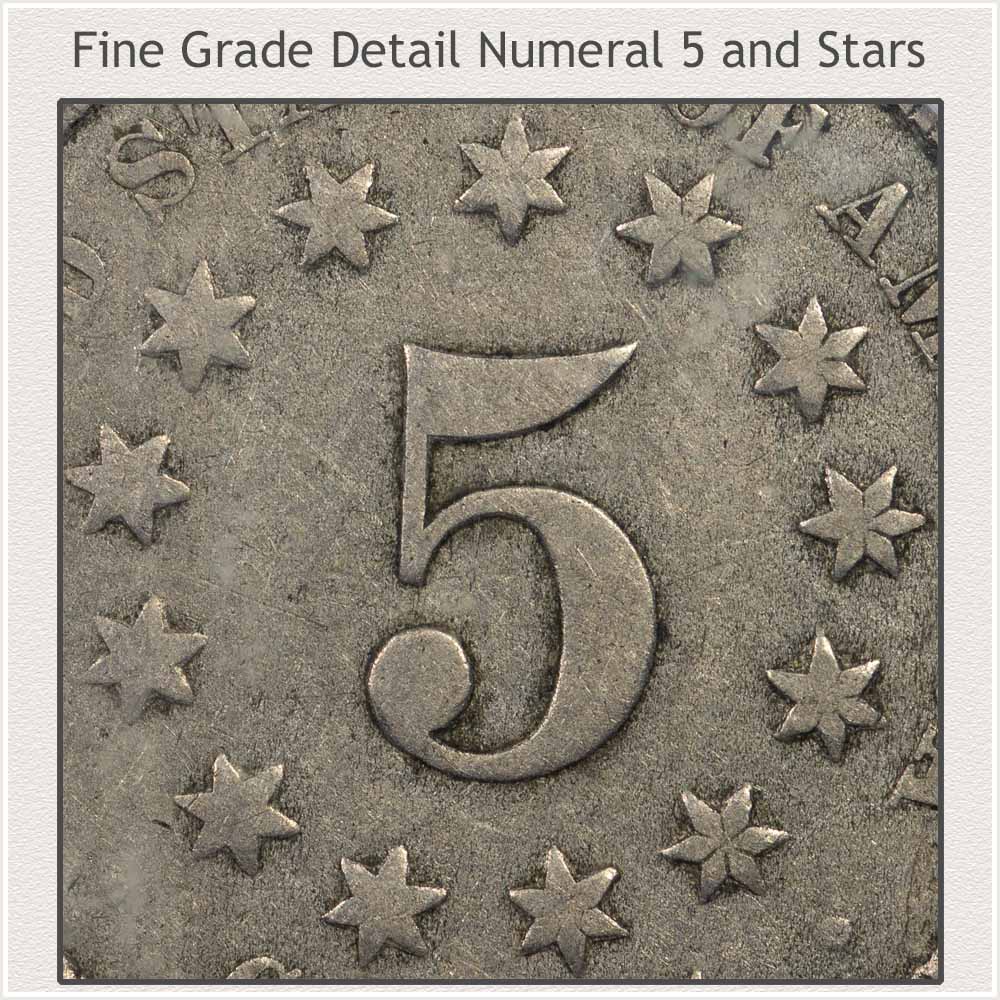 (fig. 10) Verify a Close Match of the Stars and Numeral 5 at the Fine Grade
(fig. 10) Verify a Close Match of the Stars and Numeral 5 at the Fine Grade
Notice the example (fig. 10) coin displays the numeral 5 along with boldly detailed stars. Moderate wear reduces their height above the field; however, all remain well outlined. Inspecting the numeral 5, wear is smoothing the entire surface. A complete outline is intact, although its top surface appears flattened.
The surrounding 13 stars are a mixture of some with central line detail. Other stars are completely smooth and missing inner detail. All stars have lost a raised contour along their points; they appear flattened. None of the star's outline has faded into the field, a significant factor of the Fine grade.
Also confirm a fully defined rim and complete lettering. These elements are raised above the field. Wear is evident; reducing features to a low profile, but all areas of the rim and letters are visible.
Good Grade Shield Nickel
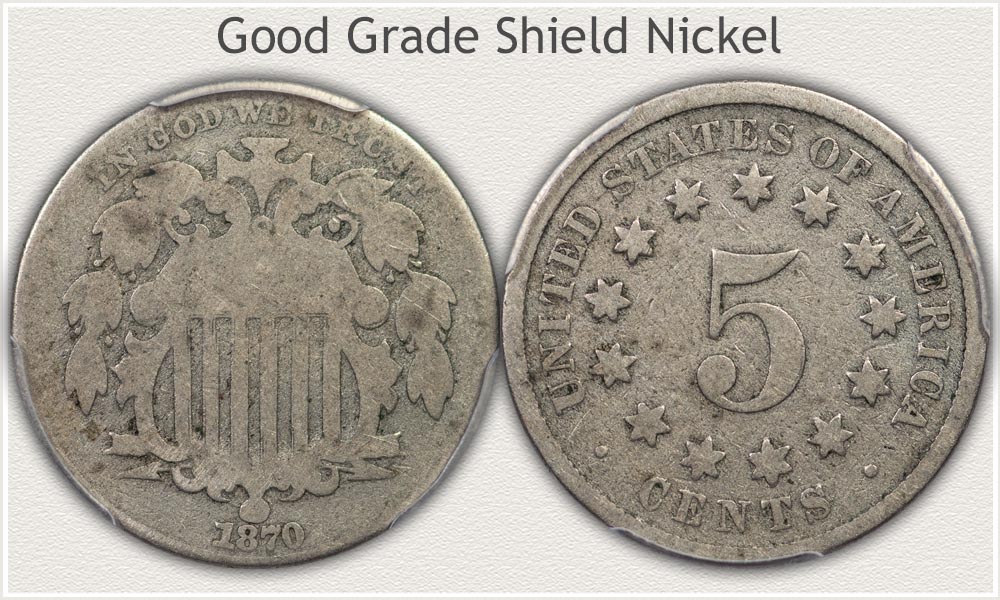 (fig. 11) Judge Your Coin is a Close Match to the Good Condition Shield Nickel
(fig. 11) Judge Your Coin is a Close Match to the Good Condition Shield Nickel
Heavy wear and few details define a Good grade Shield nickel. As you examine the illustration (fig. 11) notice the major features, leaf clusters, and outer frame of the shield are completely outlined. This overall factor holds this well-worn coin within the Good grade category. Enough detail remains, allowing the coin to avoid an excessively worn appearance. A defined date becomes the initial qualifier for this grade level.
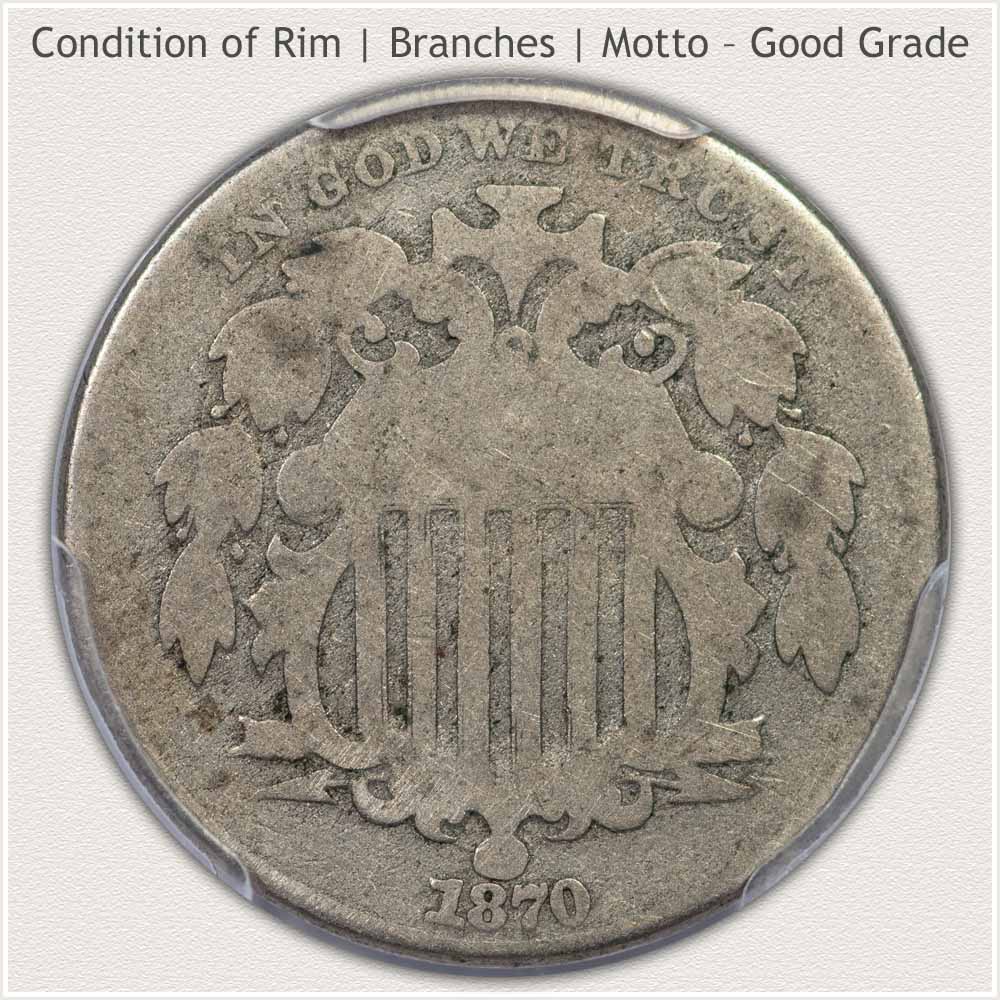 (fig. 12) Confirm a Similar Match to the Rim | Branches | Motto
(fig. 12) Confirm a Similar Match to the Rim | Branches | Motto
The rim of the illustrated coin (fig. 12) protects the inner design features. In areas this rim has worn flat, missing some of its inner edge. Additionally, a few of the letters within the motto In God We Trust are weak and partially missing. This fading in lettering is acceptable for the grade level.
Compare your coin to these two significant factors required to meet Good grade standard. First, a visible, complete outline of the leaf clusters. The olive branches are designed into clusters of leaves. In no area has the outline of the clusters faded into the field.
Secondly, the outer edge of the frame surrounding the horizontal and vertical lines remains complete. A clearly readable date, plus the full outlines of leaf clusters and frame, place a Shield nickel within the Good grade.
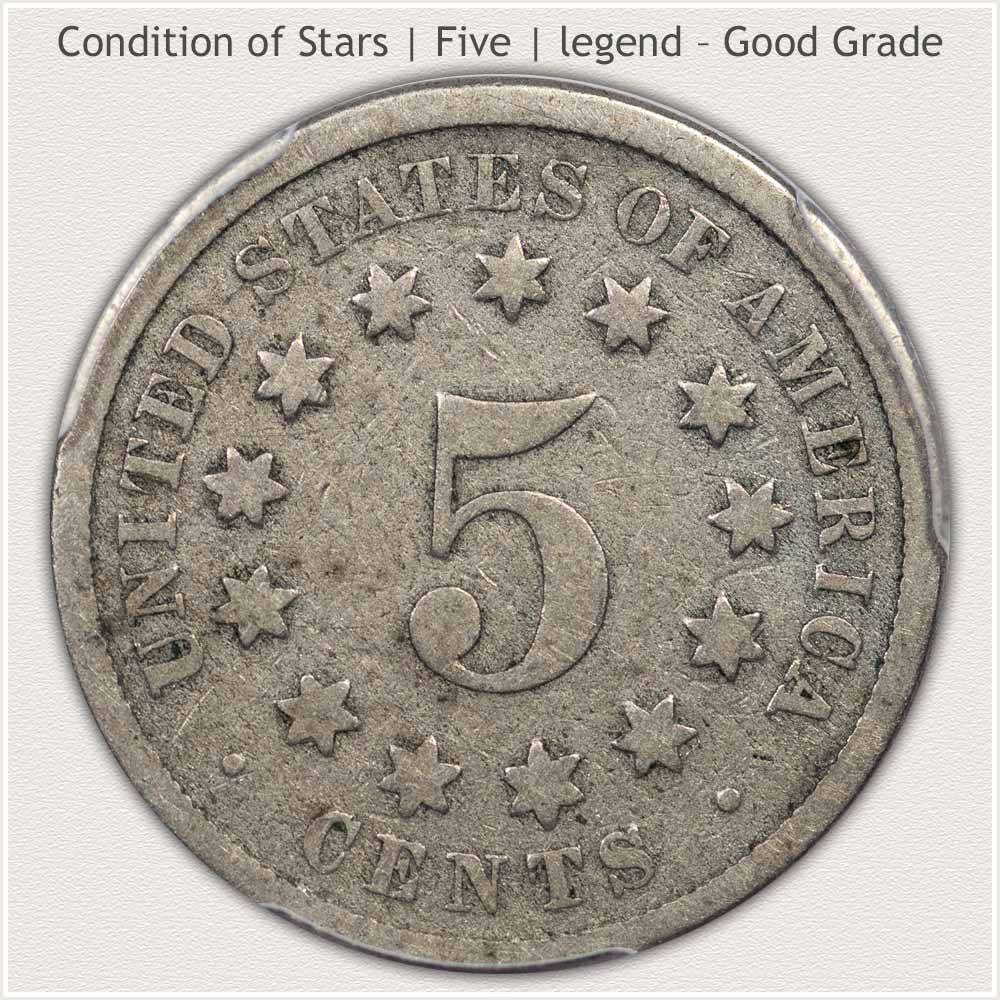 (fig. 13) Match Condition of Stars - Five - Legend and Identify a Good Grade Nickel
(fig. 13) Match Condition of Stars - Five - Legend and Identify a Good Grade Nickel
Due to its design, the reverse of the coin throughout all grade levels retains a large amount of detail. Even when worn, its major features of stars, lettering, rim, and the numeral 5 are largely intact. When matching the illustration (fig. 13), the key features display well. This central area on the coin receives the most wear. A clear 5 indicates a pleasing representation of the grade.
Stars are also complete. All detail within the stars has worn flat. Height above the field is shallow. Complete outlines of the stars help confirm the grade.
Add the readable letters of the legend and a recognizable rim, and the coin's reverse projects a quality appearance. A matching look of these qualities with your coin places it with the Good grade.
Video | How to Grade Shield Nickels
When placing a value on Shield nickels, the condition of the coin plays a large role. Follow the examples in the video to help identify subtle grading points. These are important to the coin market. Matching to the different levels of preservation determines a coin places within the grade range.
The above uses the comparative approach method when grading. This method involves comparing the details of your coin with those of known, professionally graded examples.
A Visual Grading Metrics Approach
The following pages go into detail with a Visual Grading Metrics method. A technical approach of how to grade Shield Nickels. This continues the grading process using visual measurements of fine details. These produce ratings with their results scored into a coin's condition and a grade.
Visual Grading Metrics: Shield Nickels Good Grade
Visual Grading Metrics: Shield Nickels Fine Grade
Visual Grading Metrics: Shield Nickels Extremely Fine Grade
Visual Grading Metrics: Shield Nickels Mint State Grade
References
Finance U.S. Senate. Coinage Laws United States 1792 to 1894
https://archive.org/details/coinagelawsofuni1894comm/page/828/mode/2up
U.S. Mint. Catalogue of Coins of the United States
https://nnp.wustl.edu/library/book/554591
Coin Values | CoinStudy Articles
How to Grade Old Nickels | Visual Guides to the Different Nickels Series
Visit the listing of grading guides focused on the many nickel series. Condition is part of a complete description of these old coins. Follow the steps and method of grading condition leading to how much your old nickels are worth.
How to Grade Old Coins || In Depth Visual Guides
See the complete index of How to Grade Old Coins. Videos, together with images and descriptions, evaluate the condition and grade of various coin series.
Shield Nickel Value | Discover Their Worth
Completing the grading process determines an important part of Shield nickel values. A coin's grade gives an accurate reading of the value chart.
★Coin Values Discovery pulls together... How to Grade Shield Nickels and...
Today, demand for obsolete and vintage US coins is strong. Many series are surprisingly valuable. Visit the index of the many different series and discover the value of all your old coins.
